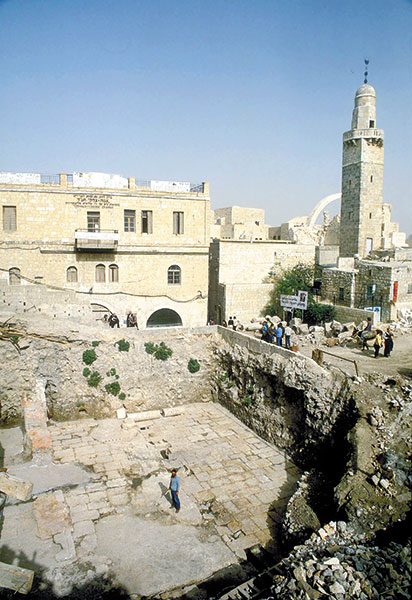Image Details

Zev Radovan/www.biblelandpictures.com
DATING THE STREET. It was considered common knowledge among scholars that Jerusalem’s Cardo was built by Hadrian in the second century and continued in use into the Byzantine period—that is, until the late Nahman Avigad excavated a 600-foot stretch of the southern Cardo in the 1970s. Built directly on bedrock, the broad paved street was flanked by roofed colonnaded sidewalks, or porticoes, and shops. Avigad recovered some 60 architectural elements—columns, bases and capitals—that all date to the Byzantine period. Unlike the northern sections of the Cardo, this southern part showed no signs of earlier Roman construction, leading Avigad to conclude that the southern extension originated only in the Byzantine period.
